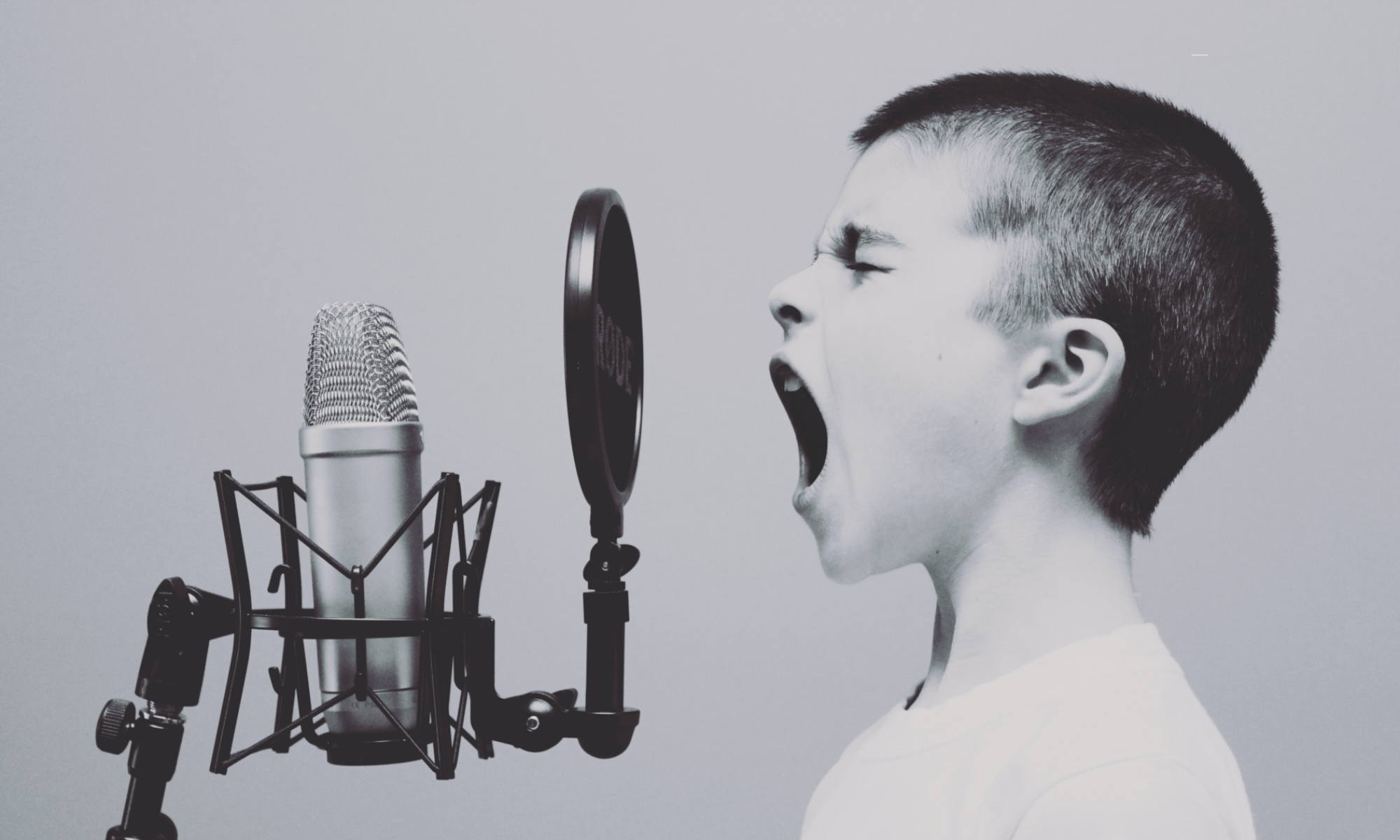¿Tal vez has escuchado algo sobre podcasts? Tal vez un amigo u otro tiene su propio podcast o quizás ya eres un fan de podcasts y tienes unos cuantos a tu disposición en tu teléfono. Bueno pero, de toda manera, escuchar podcasts es una cosa, lo que nos importa de verdad es…., ¿Porqué debes prestar atención al podcasts como tendencia? ¿Y si todo el mundo ya tiene su propio podcast, queda alguien para escucharlos?
Comenzamos con la definición: según el diccionario Oxford, podcast es una “Emisión de radio o de televisión que un usuario puede descargar de internet mediante una suscripción previa y escucharla tanto en una computadora como en un reproductor portátil.” Mas simplemente, podcast es un programa audio que puedes escuchar cuando quieras, desde una app en tu teléfono, una forma de audio streaming.
La diferencia entre radio y podcast no es tan grande. Muchos de los podcasts mas populares en España, por ejemplo, vienen de Cadena SER, OndaCero, esRadio, etc.Quizas el formato de los anuncios es un poco diferente, quizás es un poco diferente la misma manera en la que tu escuchas, pero no es una revolución
Es cuando entras más profundamente en el tema que te das cuenta que los podcasts son ellos mismos la revolución. Ante todo, porque cualquier persona puede tener su propio podcast con un poco de esfuerzo (equipo básico, una idea, y voluntad) y en segundo lugar porque es posible crear un podcast desde tu propia casa en cualquier momento, lo cual es especialmente importante en tiempo de Covid.
No nos olvidemos, además, que la barrera para entrar es más baja, que hay una colección de podcasts para escuchar en continuo crecimiento y maneras más fáciles para encontrar nuevos programas.
Podcast no es solo un nuevo formato de radio sino que un cambio mundial.
Los números suportan este argumento. Por ejemplo, en los estados unidos el 75% de personas con mas de 12 años conoce los podcasts y el 55% ha escuchado al menos un podcast. En el mundo del business empresas como Spotify, Amazon y Apple están invirtiendo billones de dólares en construir su propria gama de podcasts exclusivos. Además, en los últimos años, se ha registrado una explosión de podcasts en otros idiomas diferentes del inglés. Según un director de data en Art19, una plataforma para podcasts, ya hay más de 45,000 nuevos podcasts en español in 2020, en comparación con 27,000 en los últimos tres años.

Tal vez no vas a ser el próximo Joe Rogan o Berto Romero, pero es posible que este crecimiento te toque de cerca, porque también es una oportunidad para ti y no importa a lo que te dediques.
Aquí te dejo algunas de las razones del porque los podcasts están creciendo desmesuradamente y del porque deberías aprovechar de ellos para ti o para tu empresa.
Crecer tu marca (personal o profesional)
Un buen podcast es el fruto de los intereses del su presentador. Si vas a gastar tiempo en grabar, editar, y publicar podcasts y luego vas a pedir a tus fans que te escuchen debes asegurarte que todo ese tiempo sea bien invertido.
Este mismo podcast te volverá en el máximo experto de tus proprios intereses. Imagínate de ser el representante de una empresa! ¡Es través de tu podcast que tus oyentes tendrían la oportunidad de descubrir lo que hay detrás de tu marca, valores, conocimientos, principios y filosofía!
Un podcast es intimo
Todos nosotros vivimos tras nuestras pantallas. El mundo se aplana en frente de nuestros ojos. Pero un podcast te ofrece otra manera de conectar con la gente. Y a pesar de parecer un cliché queremos confirmar que los podcasts si son más íntimo. Los buenos podcasts son como conversaciones entre amigos, una relación que crece entre el presentador y sus oyentes, cosa que no pasa con un programa de televisión o de radio.

Networking
Lo que decimos en Shortman Studios es que podcasts son las nuevas tarjetas comercial. En vez de dar una tarjeta de papel con tus datos– ¡aun mas difícil durante una pandemia! – envías el link de tu podcast y tu nuevo contacto descubrirá en seguida tus intereses, tus ideas …vamos! ¡Todo lo que tú quieres que él sepa!
Pero esta idea de networking no se para aquí, sino que va mucho más lejos. Si tienes un podcast puedes invitar otras personas en tu profesión o área de interés y hacer una entrevista. A todos nos gusta hablar sobre nosotros mismos, sobre nuestras pasiones y profesiones, eso da vida a buenas conversaciones y las buenas conversaciones abren nuevas puertas. Atrévete de contactar con los expertos, son más generosos con su tiempo de que te esperas.
No somos los únicos en de decir eso. El experto legendario de marketing, Seth Godin, llama podcasting el nuevo blogging, y dice que todo el mundo debería tener un podcast. ¿Una de sus razones? “Te encuentras con gente increíble.”
Fácil para empezar
…y llegamos a la última, pero no menos importante, razón para lanzar tu propio podcast! ES FACIL!
No necesitas tu proprio estudio, ni una antena para emitir tu programa, o tener conocimientos básicos sobre la iluminación de estudio como para youtube. Solo necesitas un equipo básico – un buen micrófono, unos programas de software para editar y publicar – internet, curiosidad y un poco de tiempo y esfuerzo.
Bueno, si quieres que se oiga bien y que tenga un toque profesional quizás necesites un poco más de tiempo u trabajar con un estudio como el nuestro. Pero lo más importante: ¡no te olvides de tener una visión, una idea de base, tus pasiones y está hecho!
Los Podcasts están creciendo rápidamente, pero todavía estamos al principio de esta nueva tendencia.
Aunque tú no quieras ser un podcaster profesional ese formato te ayudara a llegar a tus metas. ¡Y además…ES DIVERTIDO!
Shortman Studios está aquí para ayudarte o simplemente para resolver tus dudas.







